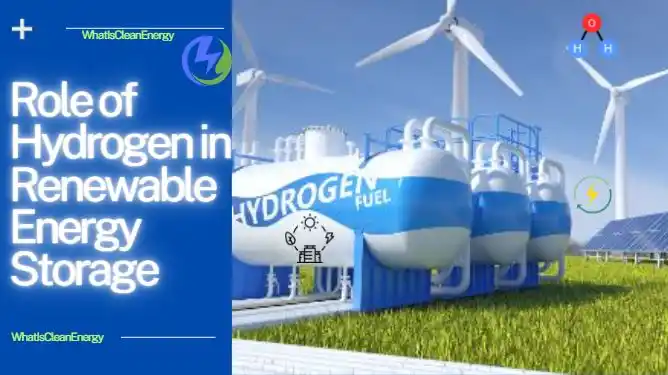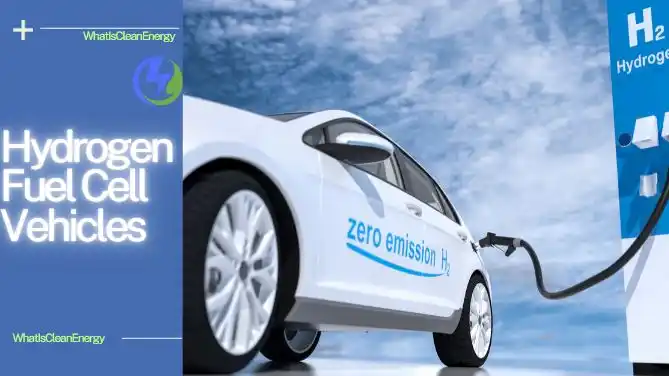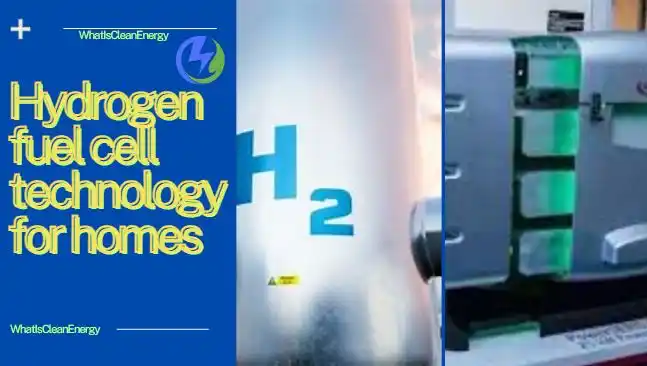Soccer is one of the most popular and widely played sports in the world. Millions of fans enjoy watching their favorite teams compete in stadiums that can accommodate thousands of spectators. However, these stadiums also consume a lot of energy and produce many emissions, contributing to environmental problems such as climate change and air pollution. How can we make soccer stadiums more sustainable and eco-friendly, without compromising the quality and excitement of the game? One possible answer is Hydrogen Powered Soccer Stadium.
This is a type of stadium that uses hydrogen as a clean and renewable source of energy, instead of fossil fuels or grid electricity. Hydrogen powered soccer stadiums can reduce the carbon footprint and environmental impact of soccer events, while providing other benefits such as cost savings, safety, and innovation.
What is Hydrogen and How Does It Work?

Hydrogen is the simplest and most abundant element in the universe. It can be found in water, organic matter, and various gases. Hydrogen can be used as a fuel for various applications, such as vehicles, heating, and electricity generation. Hydrogen can be produced from different sources, such as natural gas, biomass, water, or solar energy. The process of producing hydrogen from water using electricity is called electrolysis.
Hydrogen can be stored in tanks, pipelines, or metal hydrides. Hydrogen can be converted into electricity using a device called a fuel cell. A fuel cell is a device that combines hydrogen and oxygen to produce electricity and water. The only by-product of a fuel cell is water vapor, which is harmless to the environment. Fuel cells are efficient, quiet, and reliable, and can be used for various purposes, such as powering vehicles, buildings, or devices.
How Does a Hydrogen Powered Soccer Stadium Work?

A hydrogen powered soccer stadium is a stadium that uses hydrogen and fuel cells to power its operations, such as lighting, heating, cooling, sound, and security systems. Hydrogen powered soccer stadiums can also use hydrogen to power the vehicles that transport the players, staff, and fans to and from the stadium. A hydrogen powered soccer stadium can produce its hydrogen on-site, using renewable energy sources such as solar panels, wind turbines, or hydroelectric dams. Alternatively, a hydrogen powered soccer stadium can receive hydrogen from external sources, such as pipelines, trucks, or ships.
A hydrogen powered soccer stadium can store the excess hydrogen that it produces or receives in tanks or metal hydrides. The stored hydrogen can be used when the electricity demand is high, or when the supply of renewable energy is low. A hydrogen powered soccer stadium can also export the surplus hydrogen to other users, such as nearby buildings, industries, or communities. A hydrogen powered soccer stadium can also use the waste heat and water from the fuel cells to provide heating and cooling for the stadium or other facilities.
What are the Benefits of a Hydrogen Powered Soccer Stadium?

A hydrogen powered soccer stadium can offer many benefits, such as:
Environmental benefits
A hydrogen powered soccer stadium can reduce the greenhouse gas emissions and air pollutants that are associated with conventional energy sources. A hydrogen powered soccer stadium can also promote using renewable energy sources, such as solar, wind, or hydro, which are abundant and environmentally friendly. Hydrogen powered soccer stadiums can also contribute to water conservation, as the water produced by the fuel cells can be reused or recycled.
Economic benefits
A hydrogen powered soccer stadium can reduce energy costs and dependence on external energy providers. A hydrogen powered soccer stadium can also generate revenue from selling the excess hydrogen or electricity to other users. Hydrogen powered soccer stadium can also create jobs and opportunities for the local economy, such as hydrogen production, distribution, storage, and maintenance.
Social benefits
A hydrogen powered soccer stadium can enhance the safety and security of the stadium and its surroundings, as hydrogen is non-toxic, non-flammable, and easy to monitor. A hydrogen powered soccer stadium can also improve the comfort and satisfaction of the spectators, players, and staff, as hydrogen and fuel cells can provide reliable, quiet, and high-quality energy services. Hydrogen powered soccer stadiums can also demonstrate the social responsibility and leadership of the soccer industry, as hydrogen and fuel cells can support the global goals of sustainable development and climate action.
What are the Challenges and Barriers of a Hydrogen Powered Soccer Stadium?

A hydrogen powered soccer stadium can also face some challenges and barriers, such as:
Technical challenges
A hydrogen powered soccer stadium needs new and complicated technologies, like machines that make hydrogen from water or electricity, devices that turn hydrogen into electricity, systems that store and move hydrogen, and networks that connect everything. These technologies are still changing and getting better, and they may not be easy to get, cheap, or reliable. A hydrogen powered soccer stadium also needs to be safe and high-quality, because hydrogen can be dangerous or harmful in some situations. A hydrogen powered soccer stadium also needs people who know how to use, fix, and check the hydrogen storage systems.
Economic barriers
A hydrogen powered soccer stadium costs a lot of money to build and run, and it may not save or make enough money. A hydrogen powered soccer stadium also competes with other energy sources, like gas, coal, or nuclear, which may be lower-priced, more available, or more popular. Hydrogen powered soccer stadium also depends on how much and how expensive hydrogen is, which may change depending on where it comes from, where it is, and how much people want it. A hydrogen powered soccer stadium also needs help from money and rules, like grants, rewards, or policies, which may not be enough or stable.
Social barriers
A hydrogen powered soccer stadium faces resistance from people and culture because hydrogen is still new, confusing, or scary for many people. A hydrogen powered soccer stadium also needs to change the habits and attitudes of the soccer industry and society, which may be slow or unwilling to try new and different solutions. Hydrogen powered soccer stadium also needs to teach and inform people, because hydrogen and fuel cells are still unknown, underrated, or wrongfully shown by many groups, like media, customers, or decision-makers.
Conclusion
Hydrogen powered soccer stadium is a green and innovative solution that can make soccer stadiums more sustainable and eco-friendly, without compromising the quality and excitement of the game. Hydrogen powered soccer stadiums can reduce the environmental impact and enhance the economic and social benefits of soccer events, while also supporting the global goals of sustainable development and climate action. However, hydrogen powered soccer stadium also faces some technical, economic, and social challenges and barriers, which need to be addressed and overcome. Hydrogen powered soccer stadium is not a distant or unrealistic dream, but a feasible and desirable reality, that can transform the soccer industry and society for the better.





